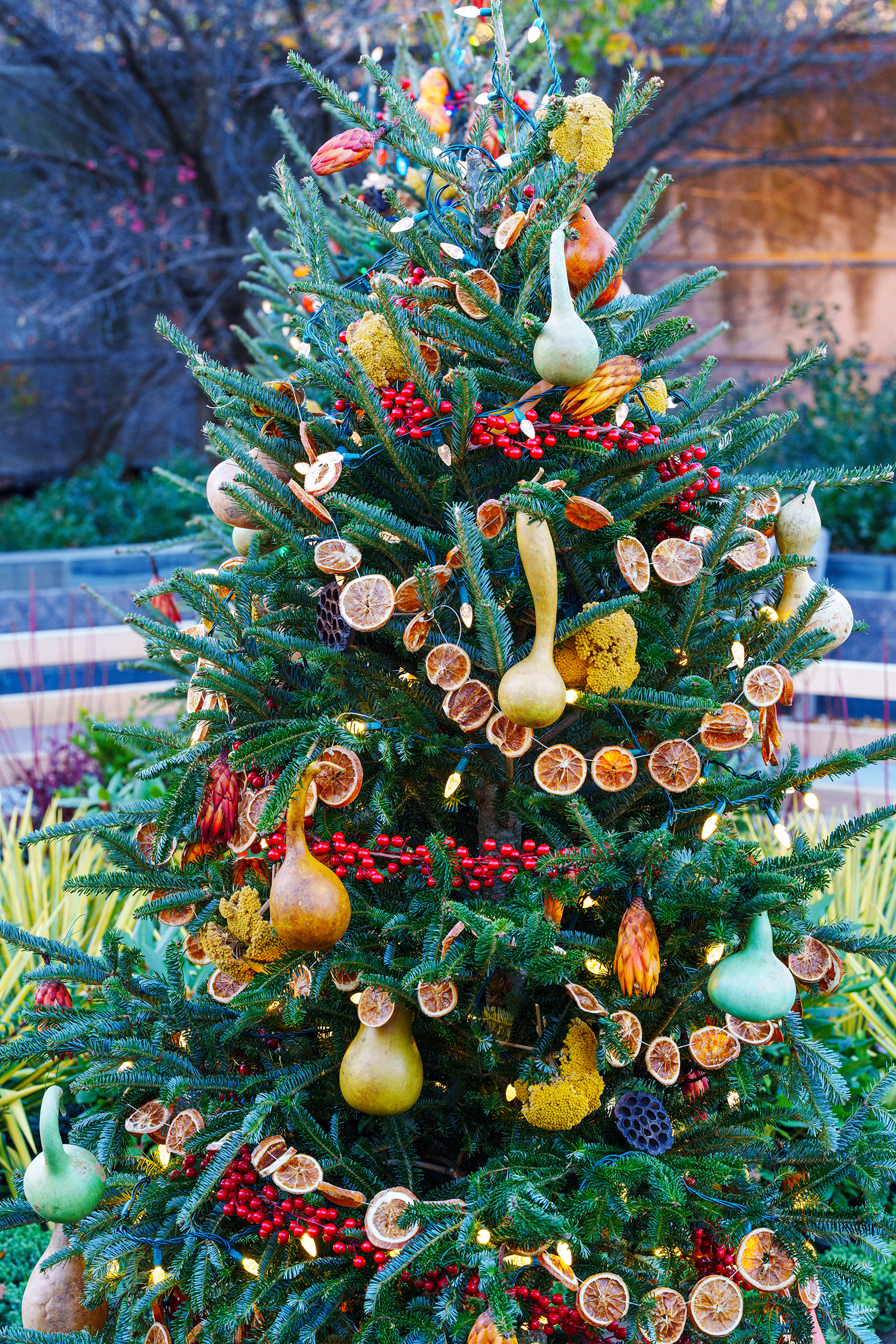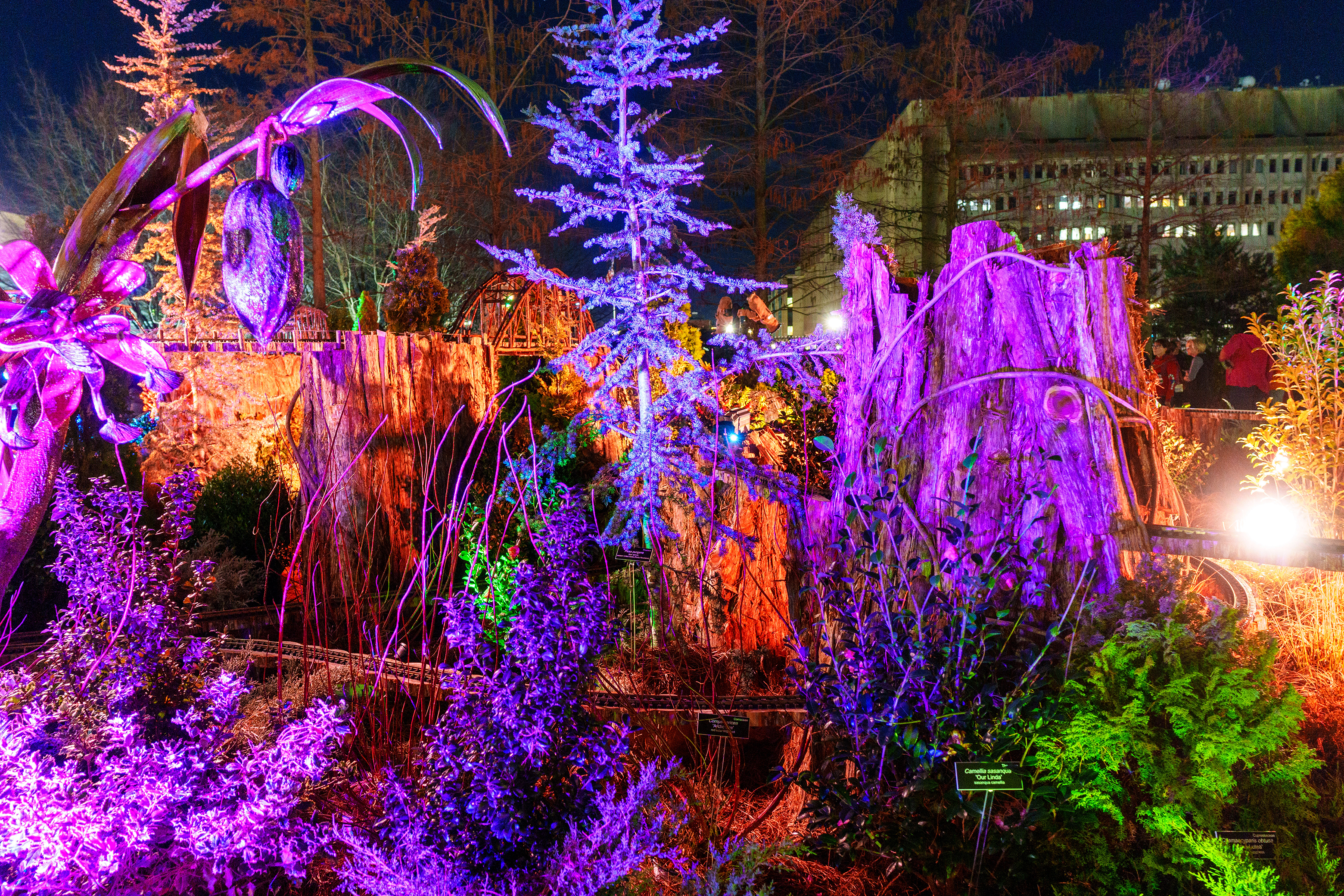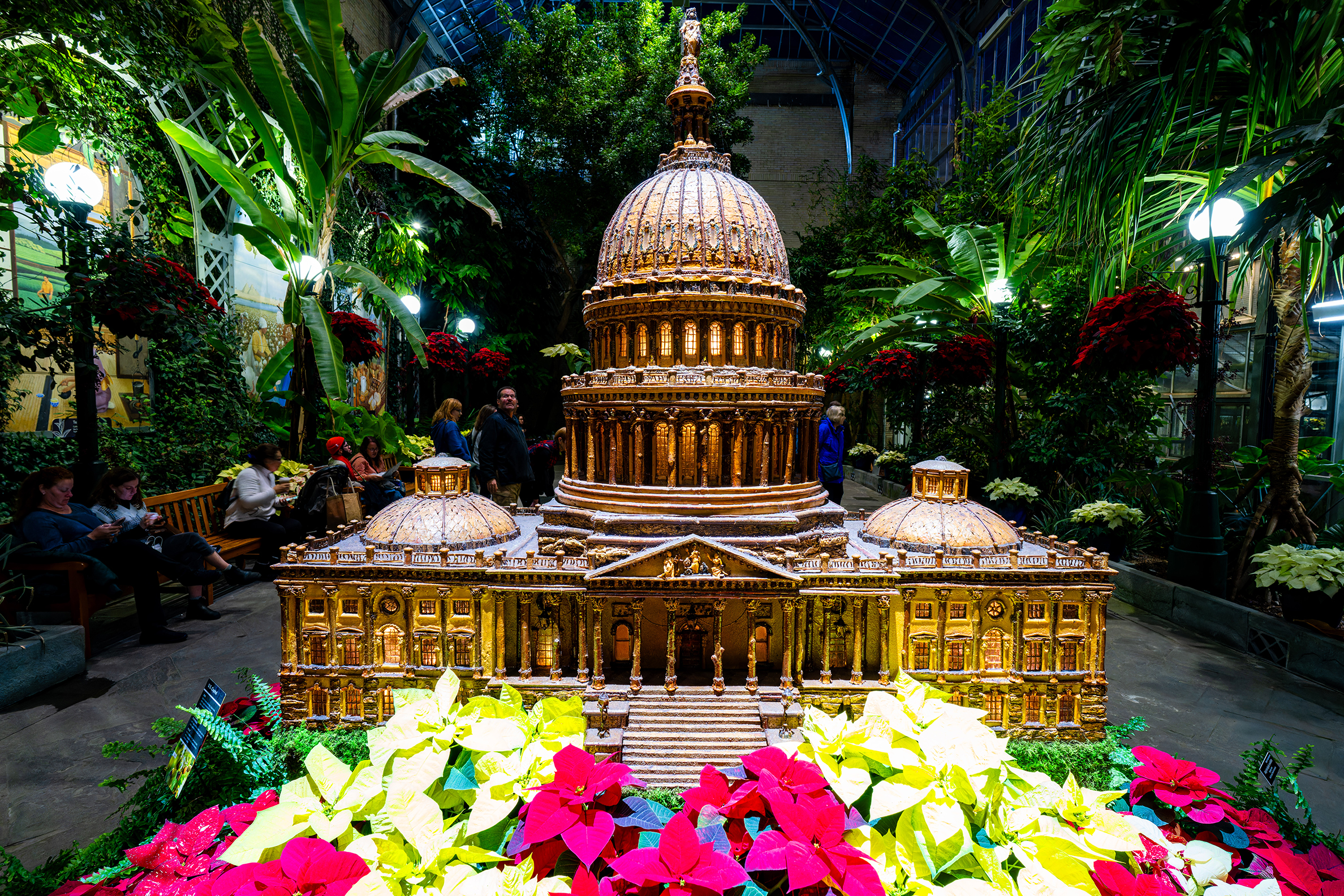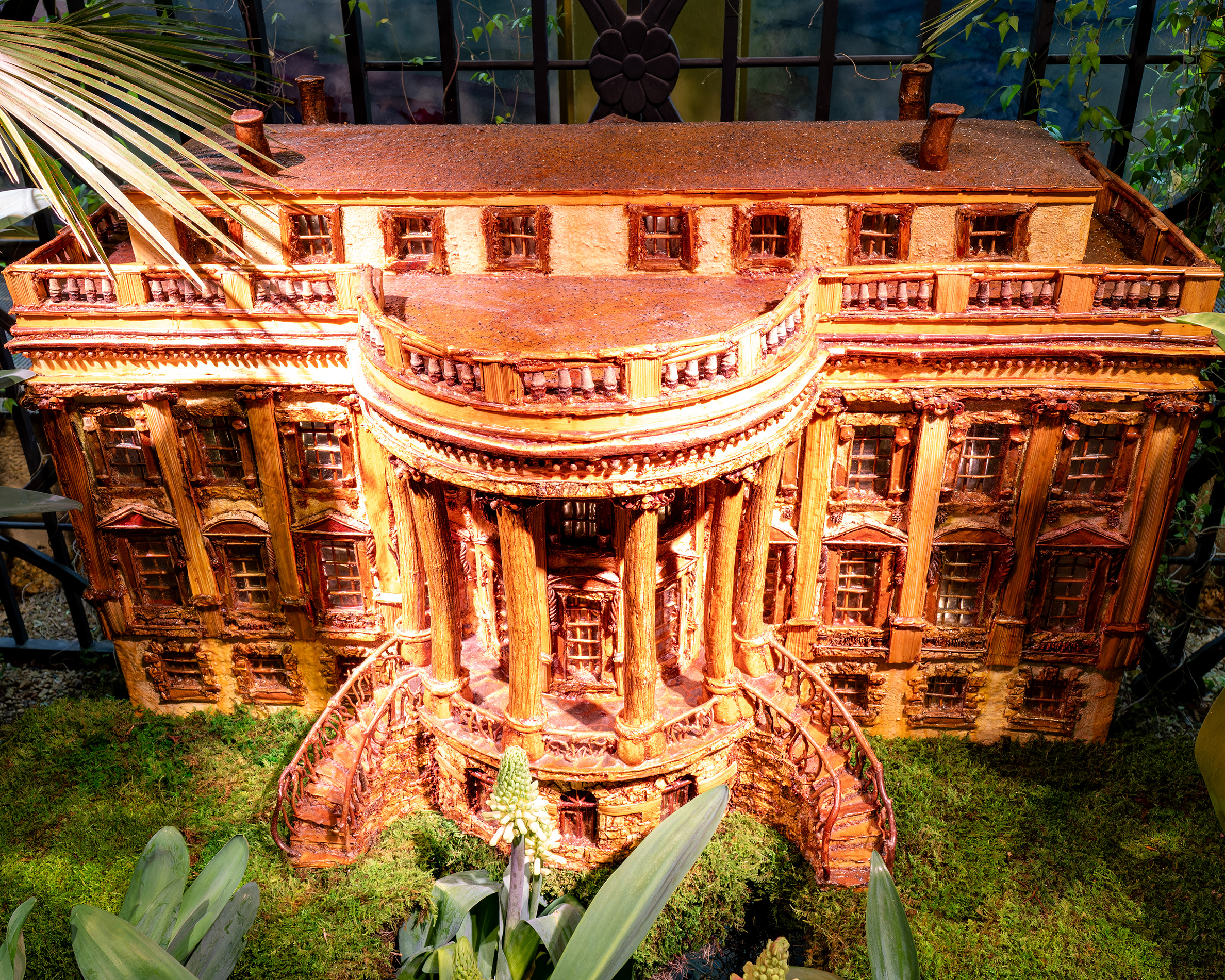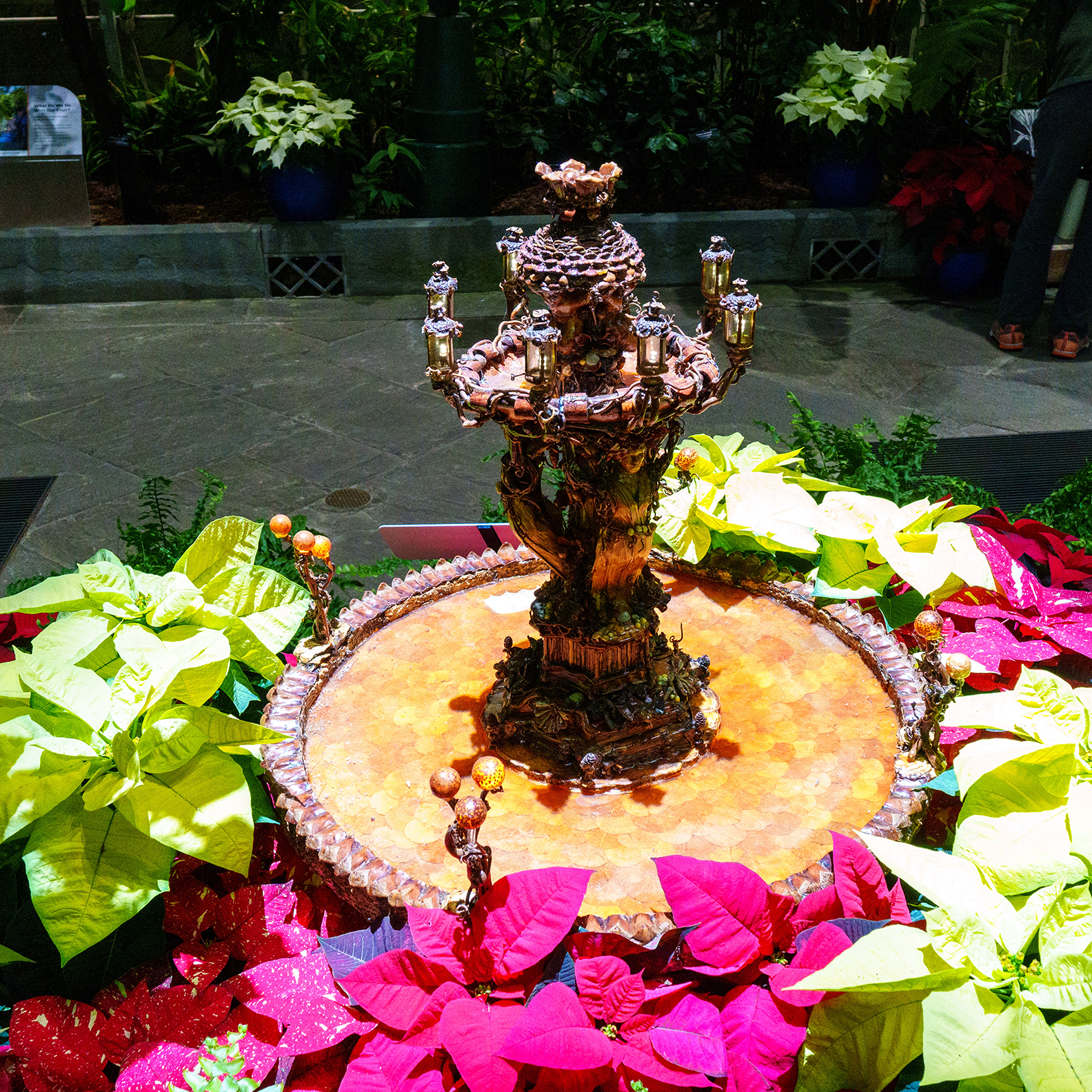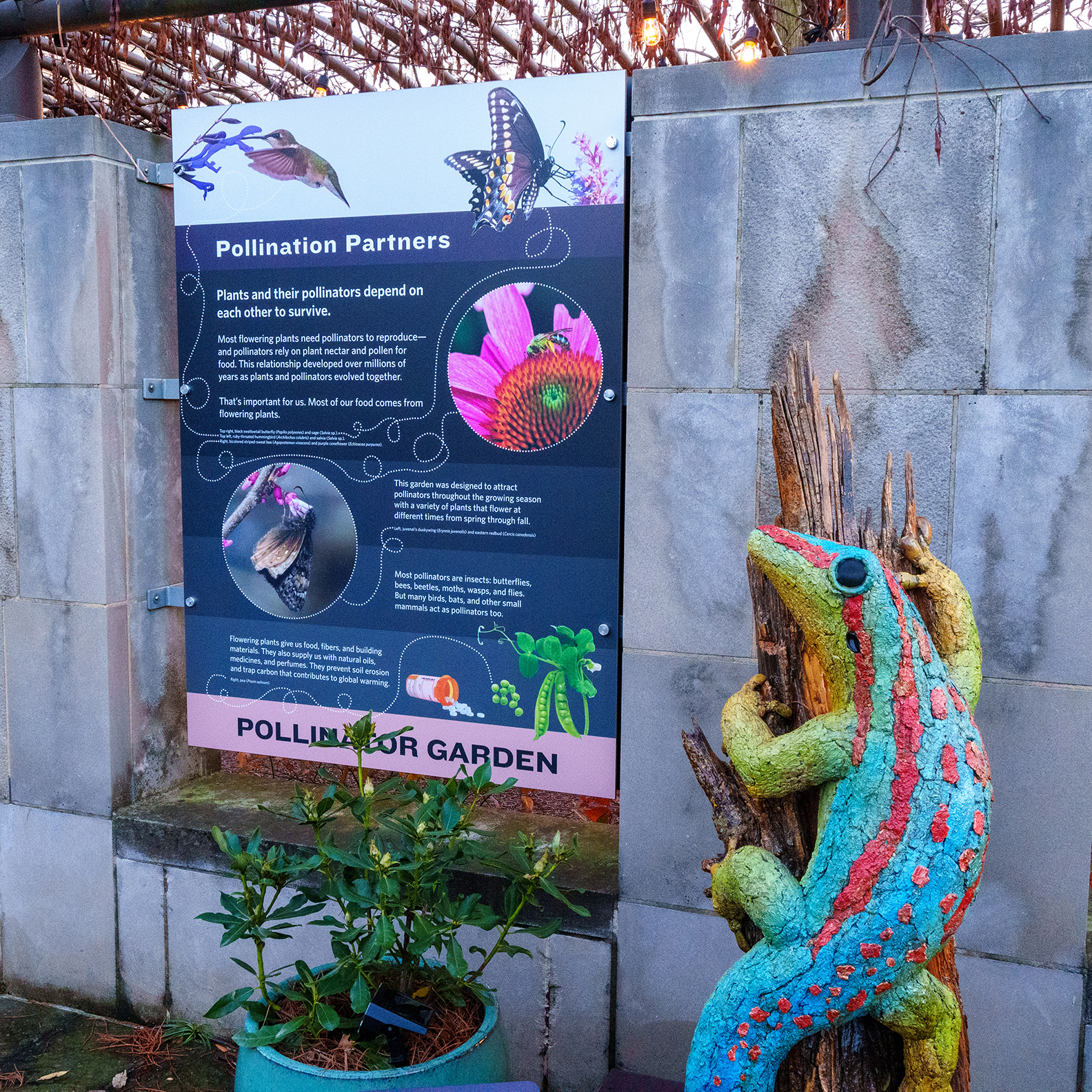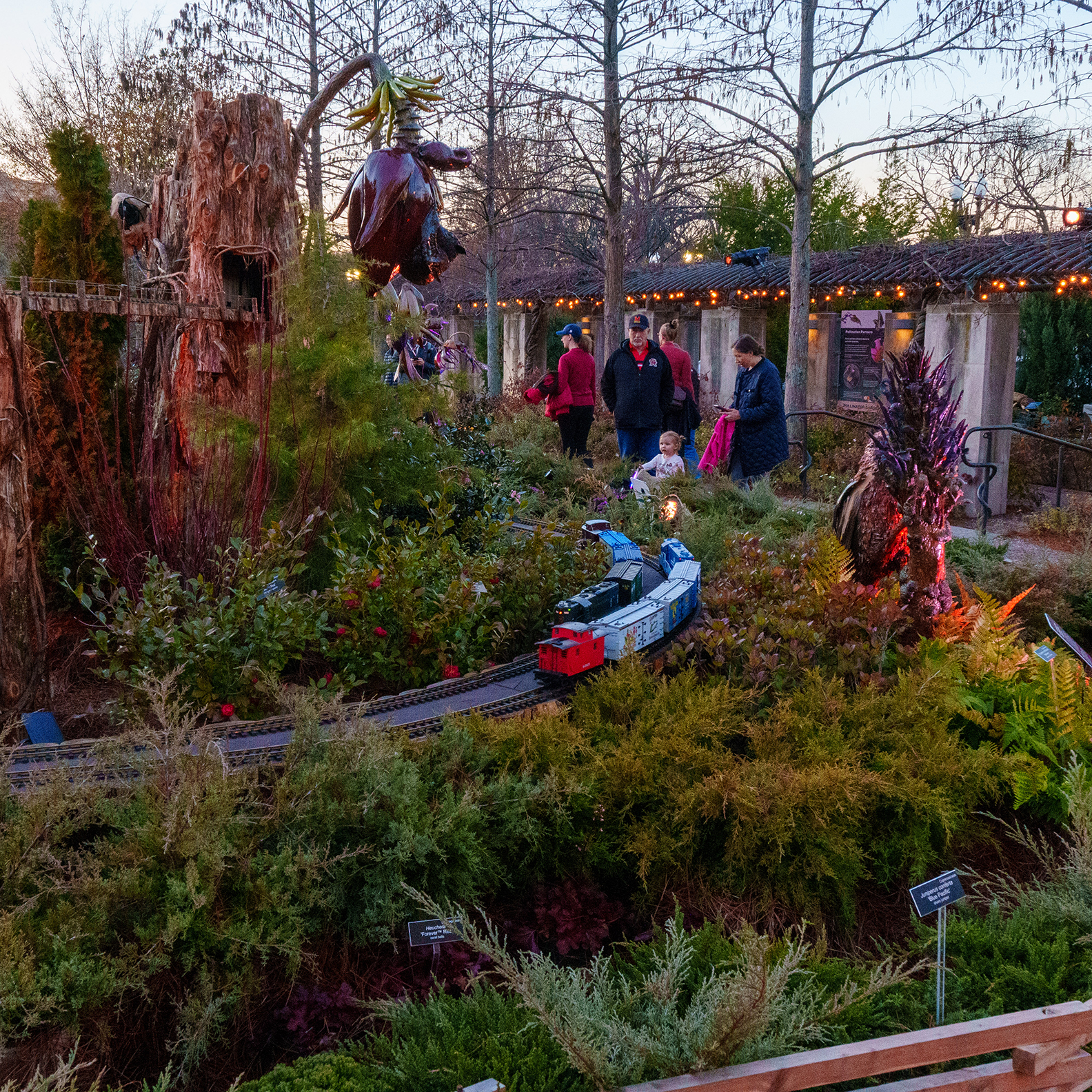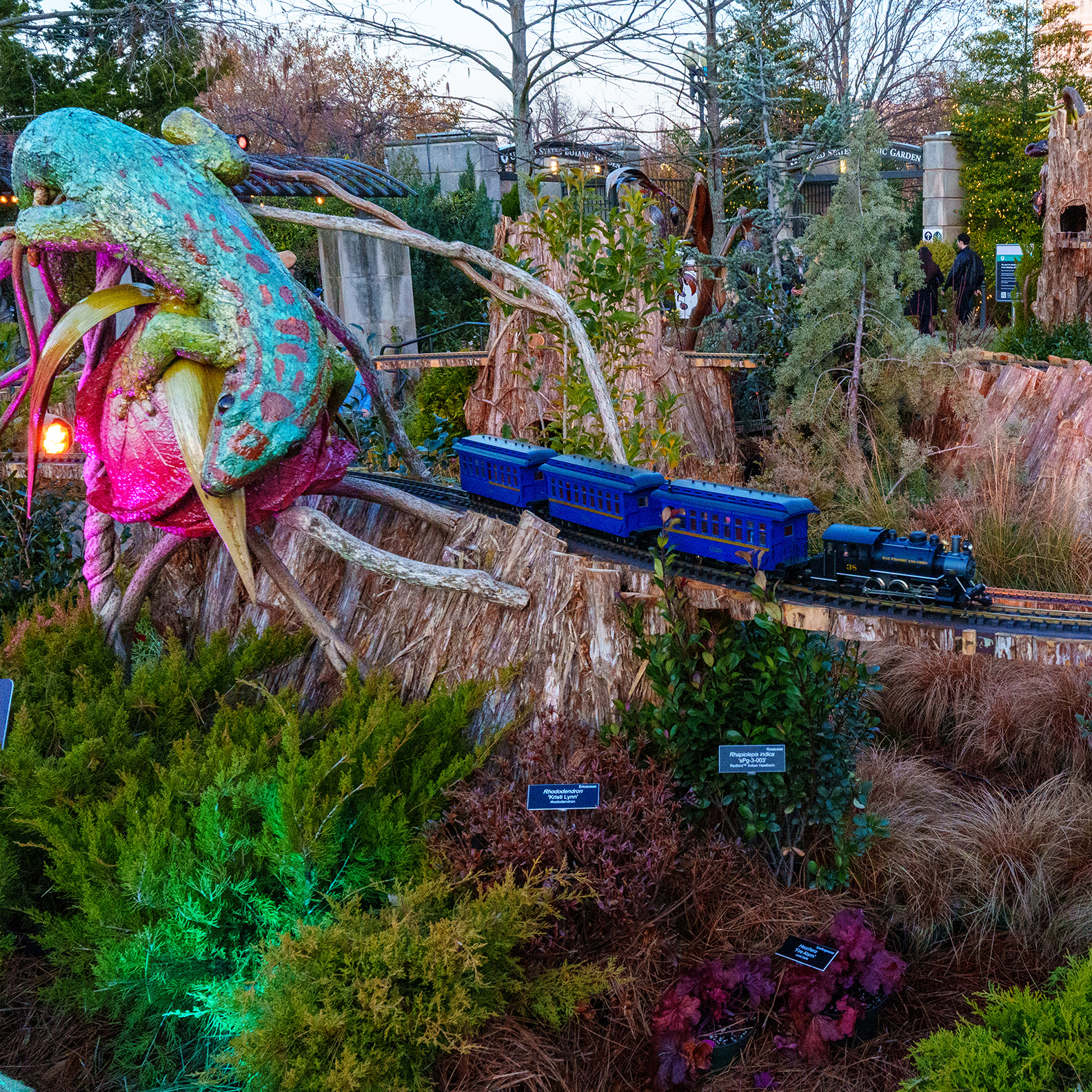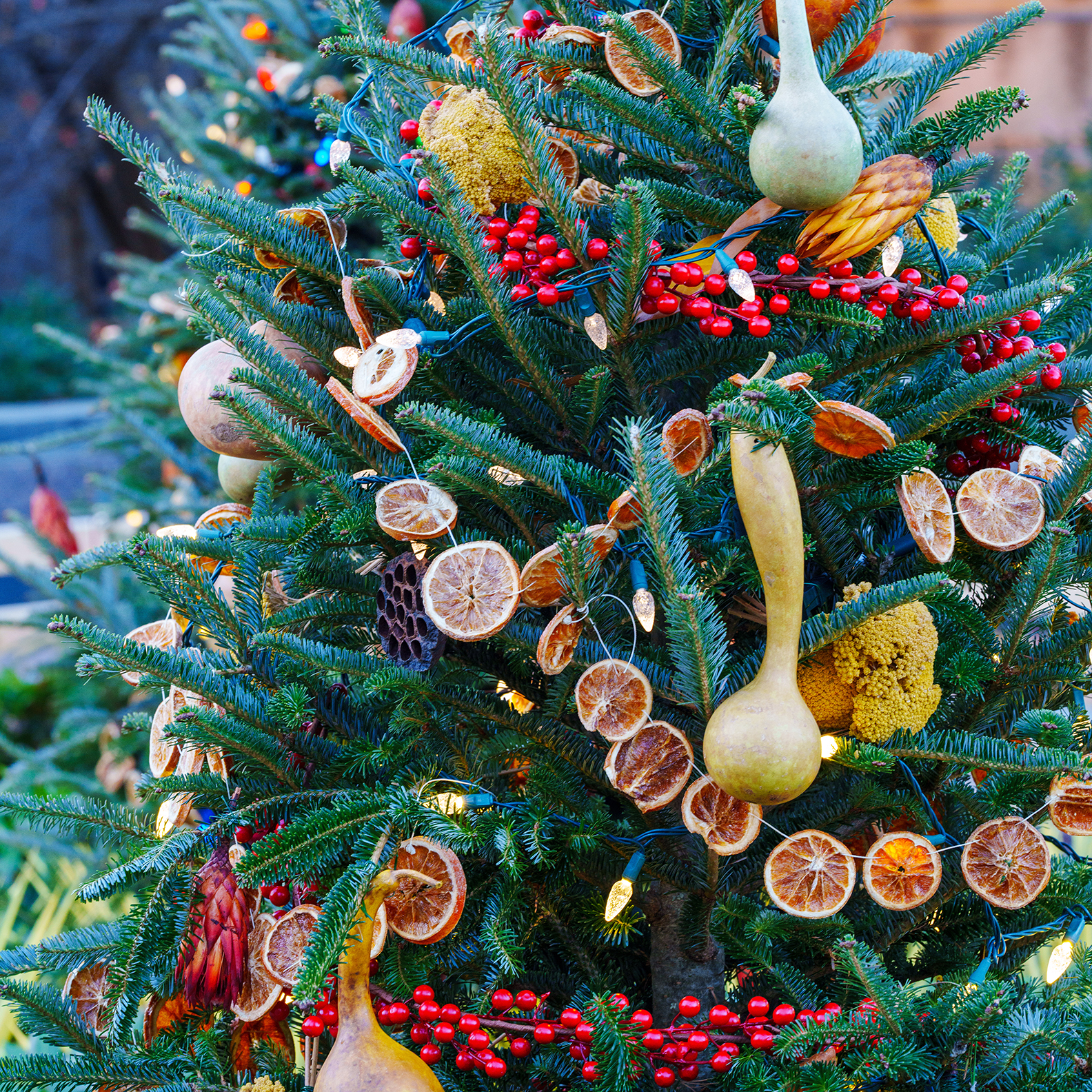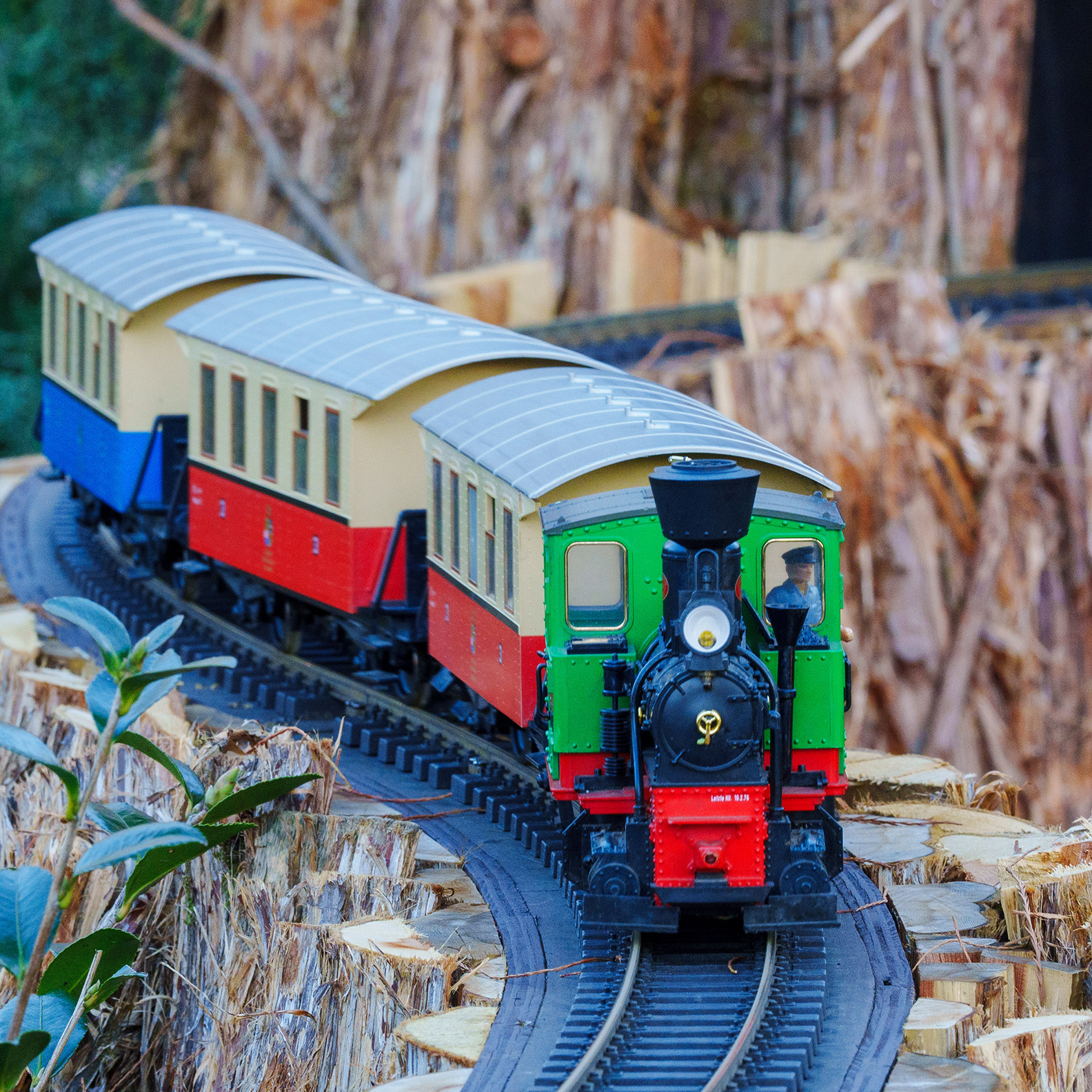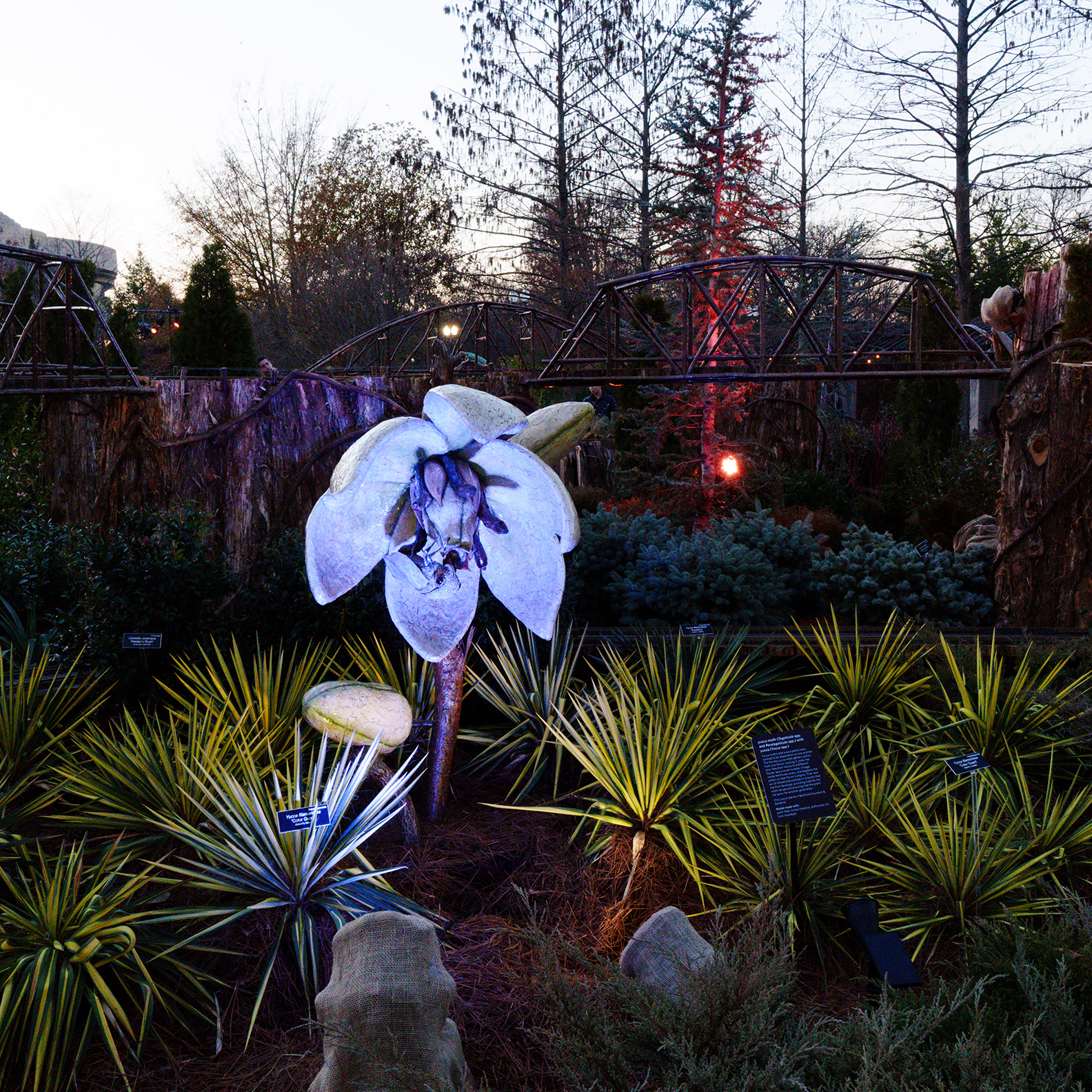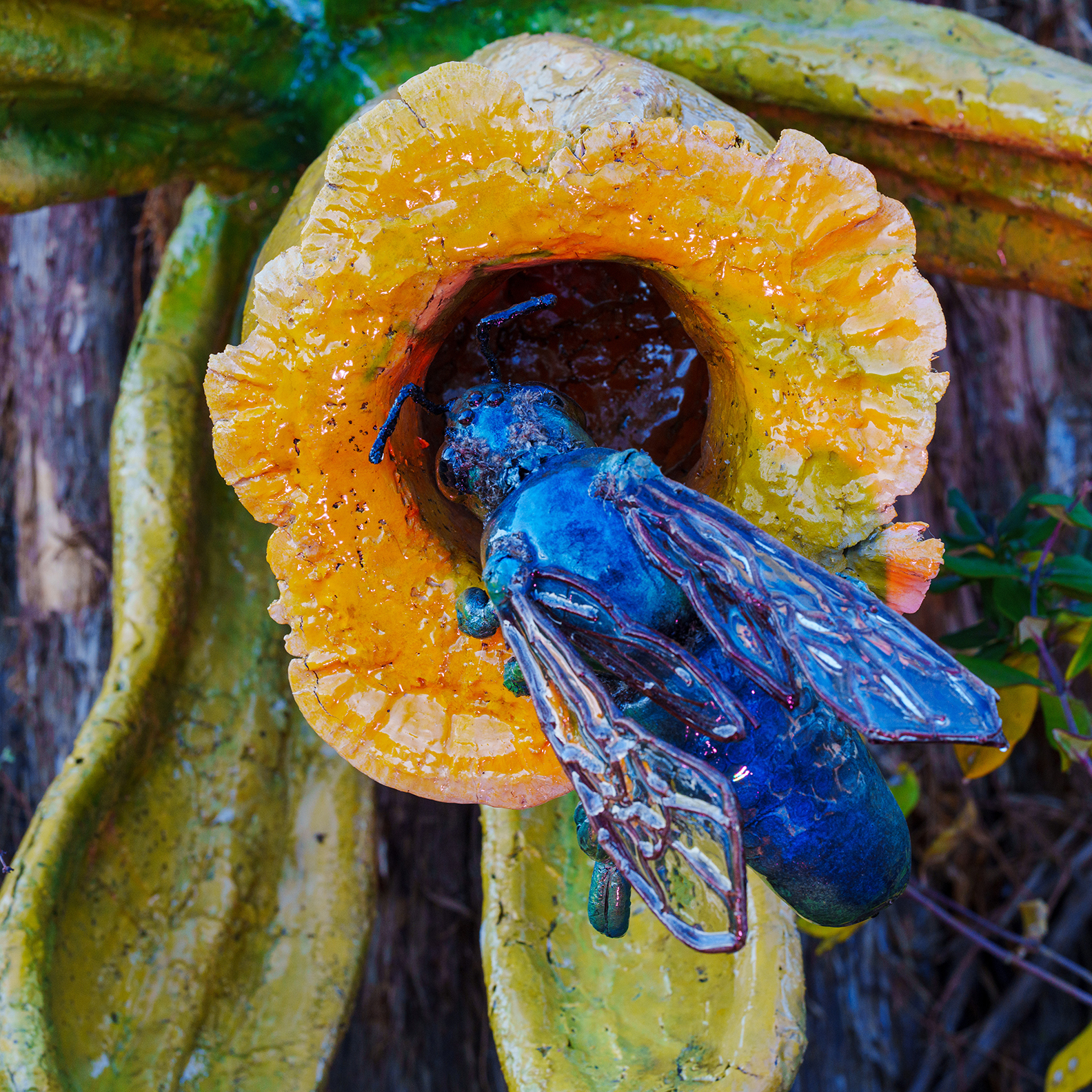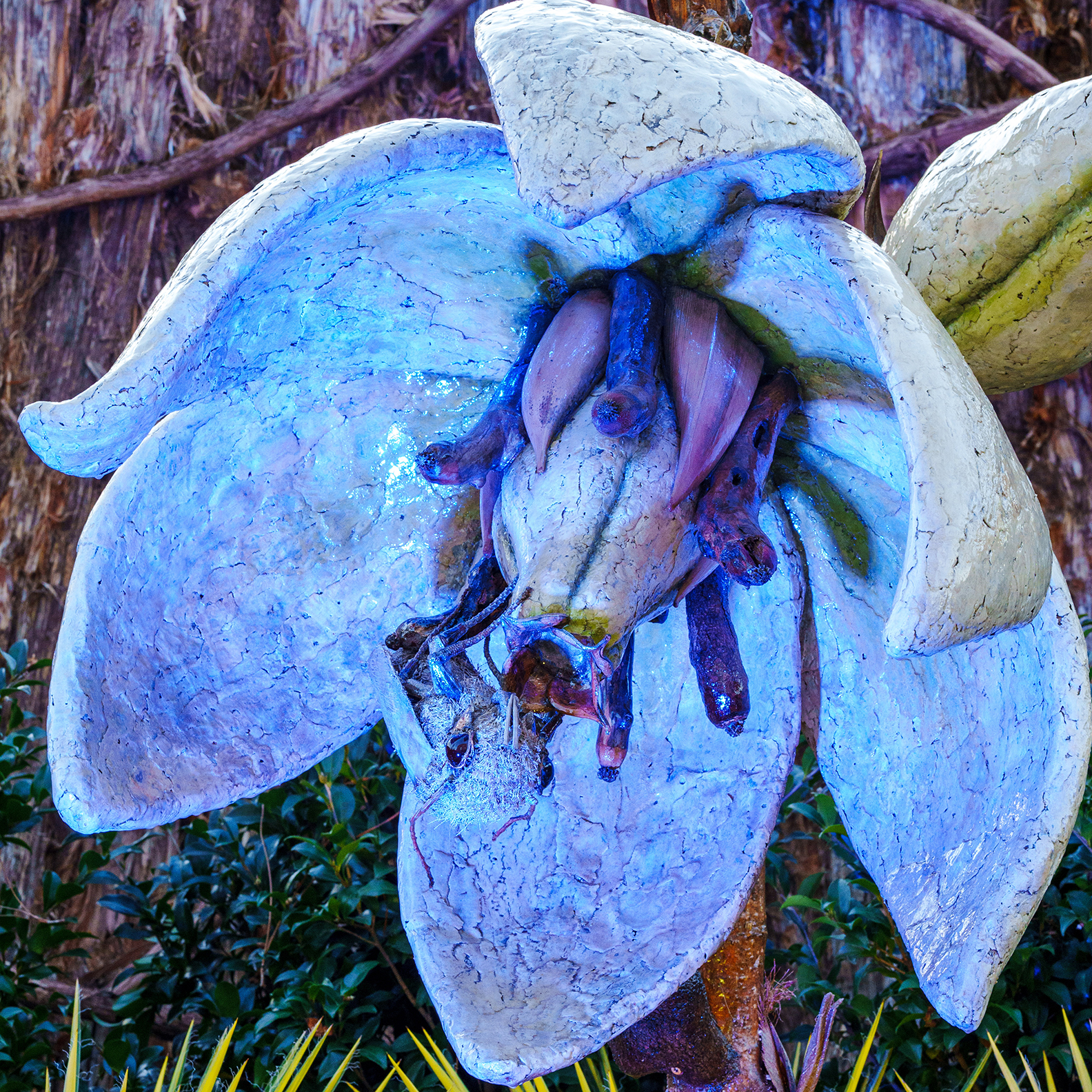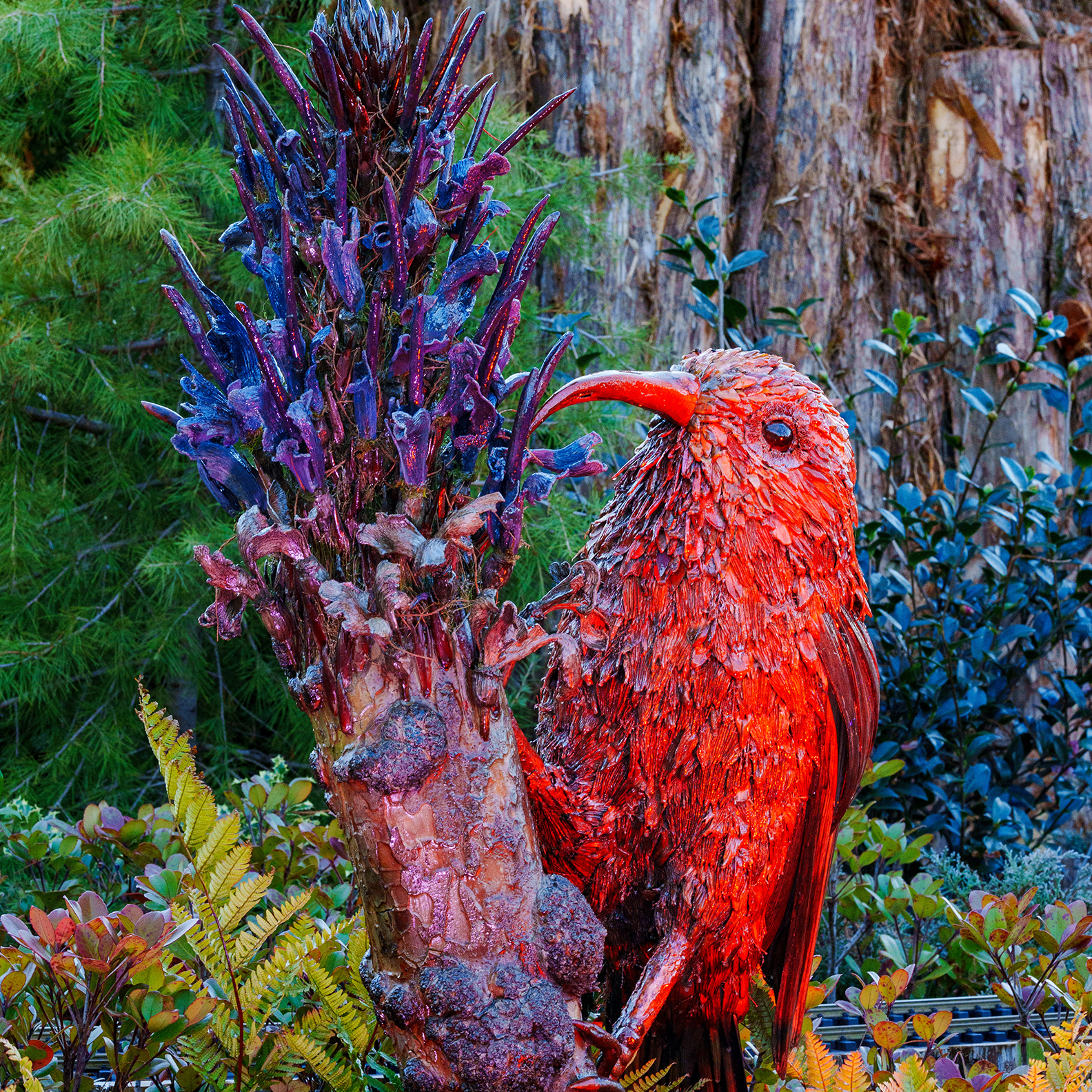The Enchanting Train Display at the US Botanic Garden
Every winter, as the days grow shorter and the chill of the season settles over Washington, DC, a warm and whimsical tradition unfolds inside one of the city’s most beloved institutions. The US Botanic Garden’s annual holiday train display—often themed under the banner of “Season’s Greenings”—invites visitors of all ages into a lush, botanical wonderland where miniature trains chug along meticulously crafted plant-based landscapes. It’s a spectacle that blends horticultural artistry, intricate engineering, and childlike wonder, all under the soaring glass ceilings of the Conservatory. For locals and out-of-towners alike, this holiday train exhibit is more than just a seasonal attraction; it’s a cherished celebration of nature, craftsmanship, and community.
A Historic Setting for a Modern Tradition
Before delving into the details of the train display itself, it helps to understand the special place that houses it. The US Botanic Garden (USBG), established in 1820, is among the oldest continuously operating botanic gardens in the United States. Situated adjacent to the U.S. Capitol, the Garden’s location is as prestigious as its legacy. Open to the public year-round, the USBG’s mission is not only to showcase the beauty and diversity of the plant kingdom, but also to educate visitors about the importance of plants to the world’s ecosystems, economies, and cultural traditions.
During the holiday season, the Garden’s dedication to education, conservation, and celebration of the natural world takes on a festive sheen. The Conservatory—a vast indoor space divided into climate-controlled galleries housing plants from around the globe—transforms into a seasonal showcase replete with poinsettias, vibrant winter blooms, and of course, a dazzling model train exhibit that draws thousands of visitors each year.
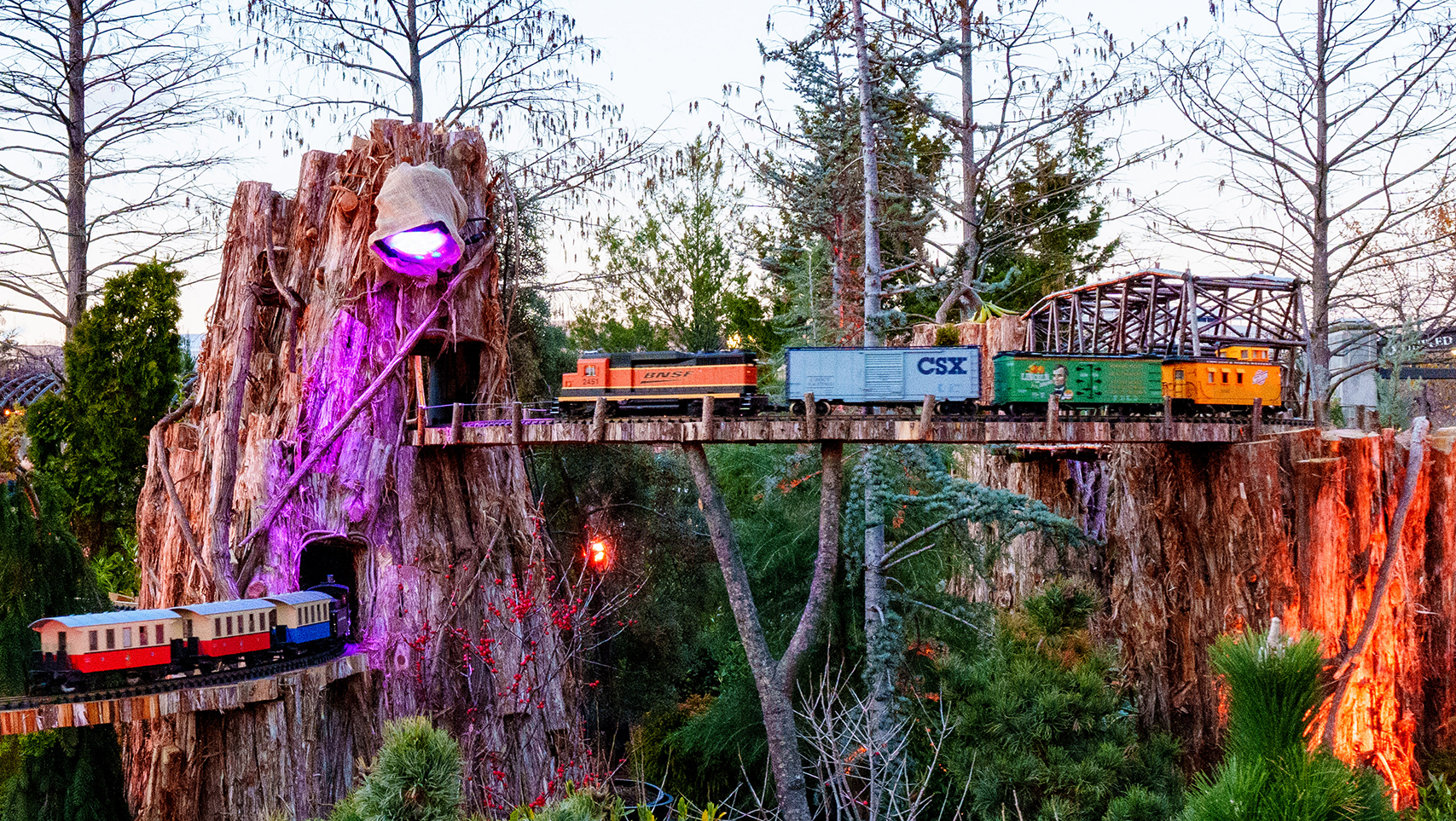
The holiday train display at the US Botanic Garden is much more than a seasonal attraction. It is a tapestry woven from threads of history, horticulture, artistry, community, and environmental stewardship. Through its miniature landscapes and charming trains, it tells a story of human creativity in harmony with the natural world. It invites visitors to look closer, to question how things are made, and to appreciate the textures and hues of plant materials that most of us overlook in daily life.

